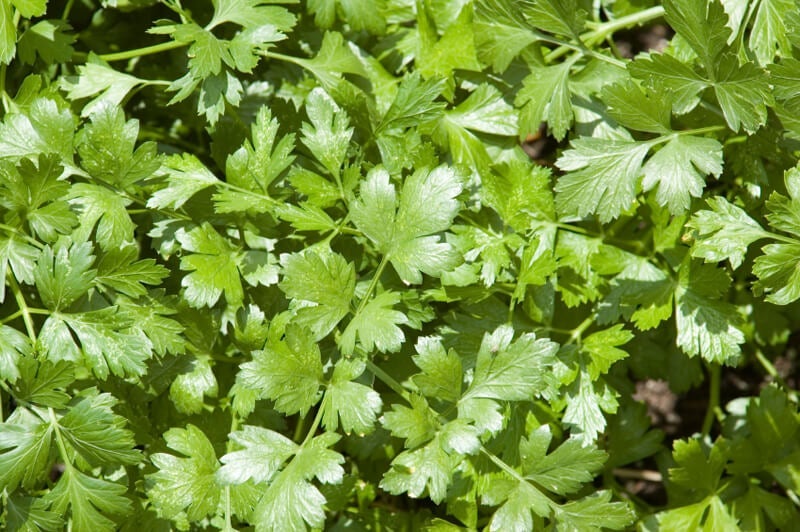If you do not have room for a big garden, grow vegetables and herb in pots. Why pots? The reasons are many. Here are a few of the big ones.
Knowing how it grows
Cilantro easily grows into a leafy rosette of aromatic fresh flavor that just can't be replaced by the dried leaves in the grocery spice rack. However, don't be surprised when the longer days of spring cause the plant to quickly stretch up to about 2 feet tall with white flowers on top. Leave the flowers alone, and within a month or less each white umbel will be full of coriander seeds. That is the "rest of the story" of cilantro, an herb with two equally useful parts.
Because spring makes cilantro grow fast, keep it cut to use the leaves in salsa, pico de gallo, curries, and other favorite recipes. At some point it will insist on blooming. When this happens, let it go to seed so that you can collect the coriander. To keep a crop of fresh leafy plants on hand as long as possible, set out plants every few weeks as long as they are available. And you can always plant a few of your coriander seeds until the next season of Bonnie plants arrives at your favorite garden center.
Cilantro is surprisingly cold hardy, so it also makes an ideal fall garden item. Fall-planted cilantro remains leafy rather than stretching up to bloom, because in fall and winter the days are shorter. Plants will over-winter in zone 7b and warmer. In cold climates, they will be fine in a cold frame.





 Herbs
Herbs
 Vegetables
Vegetables
 Fruit
Fruit
 Flowers
Flowers
 Succulents
Succulents


